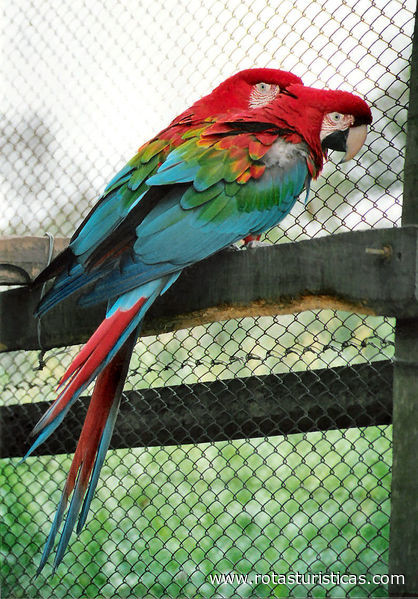Belém, Pará, Brazil
Suggest Place to Visit
401
Track to location with GPS |
 |
The Museu Paraense Emílio Goeldi is the oldest research institution in the Amazon region, located in Belém, capital of the state of Pará (Brazil), whose activities focus on the scientific study of the natural and cultural systems of the Amazon, as well as the dissemination of knowledge and collections related to the region. It is recognized worldwide as one of the most important scientific research institutions on the Brazilian Amazon.
The 19th century was the height of naturalist expeditions to the Amazon. From the early years, English, German, French, Italian, American and Russian travelers flocked to the region. The opening of the ports in 1808, made Brazil more accessible to naturalistic travelers and artists who came with great enthusiasm to study and portray Amazonian nature.
On March 25, 1871, the government of the State of Pará officially installed the Museu Paraense 1, with Domingos Soares Ferreira Penna appointed as its first director. But its installation was precarious. Research staff and support were lacking. The existing collections ended up being lost due to poor conservation conditions. Scientific production was practically limited to Ferreira Penna's own works, on Geography, Archeology and other subjects. With the death of the naturalist, in the first days of 1889, the Museums became no-brainer and ended up being closed.
In the second half of that century, the enrichment of the region, brought about by the export of rubber, led to the formation of an "illustrated class" in Belém, responsible for a cultural movement that left marks, still visible today, in the city. The creation of cultural associations, newspapers and political parties; the frequent visit of naturalists, artists and adventurers; the beautification and urbanization of the city, made Belém the "Metropolis of the Amazon".
Three distinguished Republicans were responsible for the reopening and renovation of the Paraense Museum: Justo Chermont (the first republican governor), José Veríssimo (director of Public Instruction and mentor of the museum's recovery, started in 1891) and Lauro Sodré (governor from 1893) .
Influenced by Positivism (a philosophical current that valued knowledge as a useful, practical and true fact), these men realized the importance that the Museu Paraense - bastard work of the Monarchy - could have.
In 1893, Governor Lauro Sodré ordered the Swiss naturalist Emílio Goeldi (Émil August Goeldi) to come from Rio de Janeiro, who was dismissed from the National Museum for political reasons after the Proclamation of the Republic.
The zoologist took over the direction of the Museum with the mission of transforming it into a major research center on the Amazon region. Its structure was modified to conform to the traditional norms of natural history museums, and a productive team of scientists and technicians was hired. In 1895, the Zoobotanical Park was created, a showcase of regional fauna and flora for education and leisure for the population. In 1896, the publication of the Scientific Bulletin began, with good repercussion.
Much of the Amazon was visited, with intensive collections taking place to form the first zoological, botanical, geological and ethnographic collections. Goeldi hired the excellent painter and deep knowledge of the Amazonian environment, Ernesto Lohse, who illustrated the book “Álbum de Aves Amazônia”, with sublime boards. (Lohse was to be killed, during the Revolution of 1930, outside the Museum).
At the turn of the century, Brazil was consolidating its borders. At that time, the boundaries between Brazil and France, in northern Pará, were being questioned by both countries. The research that the Paraense Museum started in the region, gathering data on geology, geography, fauna, flora, archeology and the population, were decisive to provide the defense of Brazilian interests, represented by the Baron of Rio Branco. On December 1, 1900, according to the report of Bern, Switzerland, the seat of the international trial, Amapá would be definitively incorporated into the territory of Brazil. In honor of Emílio Goeldi, Governor Paes de Carvalho changed the name of the Paraense Museum, which became the Museu Goeldi
Since 1850, Yellow Fever caused many deaths in Belém. Among its victims, two researchers recently arrived from Europe were included to work in the Geology Section of the Paraense Museum. Emílio Goeldi then decided to join the fight against the disease, seeking to identify the main species of mosquitoes in the Amazon, as well as the reproductive cycle of these insects. The research intensified from 1902, when Goeldi published, in the Official Gazette, a work on prophylaxis and combating Yellow Fever, Malaria and Filariasis, preceding the recommendations that doctor Oswaldo Cruz would make when he was in Belém, in 1910.
During the Goeldi administration, the Museum gained international respect. Geographic, geological, climatological, agricultural, wildlife, floristic, archaeological, ethnological and museological researches were developed. The Museum's educational role was reinforced with the zoobotanical park, publications, conferences and exhibitions.
In 1907, after 13 years of incessant activities in Belém, Emílio Goeldi retired, ill, to Switzerland, where he died in 1917, at the age of 58. His fellow countryman, the botanist Jacques Huber, took over the direction of the Goeldi Museum, together with the sailor friend Nabor da Gama Junior.
The 1930 Revolution and the subsequent period, marked by the dictatorship of Getúlio Vargas, was the beginning of the transformation that the Brazilian State would undergo. The old agrarian oligarchies were being replaced by a new class, representative of industrial power. In Pará, the interventor Joaquim de Magalhães Barata appointed Pernambuco's Carlos Estevão de Oliveira to head the Museu Goeldi. According to the ideology of the new regime, characterized by populism and nationalism, the dependencies of the Zoobotanical Park (the main leisure area of the population) were recovered, and the name of the institution was again changed to Museu Paraense Emílio Goeldi.
Since 1931, regular investments in the expansion and equipping of the Zoobotanic Park have made it nationally recognized. It even hosted 2,000 specimens of vertebrate animals, from hundreds of species in the region, many of which are rare or little known. This growth was possible thanks to the subsidy that the State Government imposed on the city halls of the interior, forcing them to send animals and part of their collection to the Goeldi Museum monthly. Many species have been successfully bred in captivity, especially reptiles and fish. In the first three years of systematic collections alone, five new species of fish were described, including a new genus.
In the early 1950s, during the government of President Eurico Gaspar Dutra, the Museum was linked to the newly created National Research Council (CNPq), together with the National Research Institute of the Amazon (INPA), installed in Manaus, capital of the state of Amazonas. On December 7, 1954, José Olympio da Fonseca, director of INPA, signed with the Governor of Pará, General Zacarias de Assunção, a Term of Agreement whereby the Goeldi Museum would be managed and recovered by INPA, for 20 years. With this measure, the Goeldi Museum was able, despite difficulties, to intensify its scientific research.
In the 1970s, the limited space at the Zoobotanical Park prevented the growth of the Goeldi Museum. This was the main reason for the installation of a research campus, on the outskirts of the city, where the research, library and administration departments would be transferred. The transfer is not yet complete, but the Research Campus is already the main place for carrying out scientific experiments and keeping the Museum's collections. The Zoobotanical Park remains a living sample of Amazonian nature and a point of reference for the Goeldi Museum's science education program.
Currently, the Museum has three physical bases. The oldest was installed in 1895 in an area of 5.2 ha, currently known as Parque Zoobotânico. Located in the urban center of Belém, it contains the Board of Directors, the Coordination of Administration and Museology, the Social Communication Office and the Editora do Museu. The Park is currently one of the main leisure areas for the population of Belém, in addition to being used as an instrument of environmental and scientific education. It has about 2,000 trees native to the region, such as samaúma, acapu and cedar, and 600 animals, many of them threatened with extinction, such as the manatee, the macaw, the pirarucu and the jaguar. It also has an aquarium with a sample of fish and Amazonian aquatic environments. In addition, he maintains a permanent exhibition on the work of Emílio Goeldi and the first collections formed by the naturalist. The Park receives more than 400 thousand visitors annually, including residents of Belém and tourists.
In 1980, a 12-hectare Research Campus was inaugurated in the vicinity of the city, to which the scientific coordinations (Botany, Zoology, Human Sciences, Earth Sciences and Ecology), the Domingos Soares Ferreira Penna Library, were transferred. Guilherme de La Penha Archive, the Jacques Huber Botanical Garden and several institutional laboratories.
The most recent physical base, the Ferreira Penna Scientific Station (ECFP), was inaugurated in 1993, in 33,000 ha of the Caxiuanã National Forest, Municipality of Melgaço, approximately 400 km from Belém. The area was provided by IBAMA and the base was built with resources from the Overseas Development Administration (ODA), currently DFID / United Kingdom). The ECFP is designed to carry out research programs and community development actions in the various areas of knowledge (there are approximately 200 families living in and around the forest), having an excellent infrastructure for the development of research in primary forest environments. , being visited by scientists from national and foreign institutions.
Since 2000, the Museu Paraense Emílio Goeldi left the scope of CNPq, being directly subordinated to the Ministry of Science and Technology of Brazil.
Comments
We don´t have yet any comments about:
Museu Paraense Emílio Goeldi
Museu Paraense Emílio Goeldi
Be the first to leave a comment as it is very important to inform other people
Outros locais a visitar
Within a radius of 20 km from:Museu Paraense Emílio Goeldi
Museu Emílio Goeldi (Belém) |
| 0,2 Km |
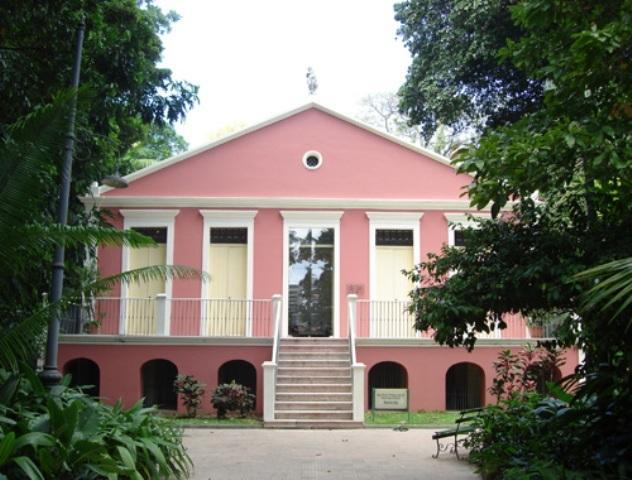 |
Centro Cultural e Turístico Tancredo Neves (Belém do Pará) |
| 0,2 Km |
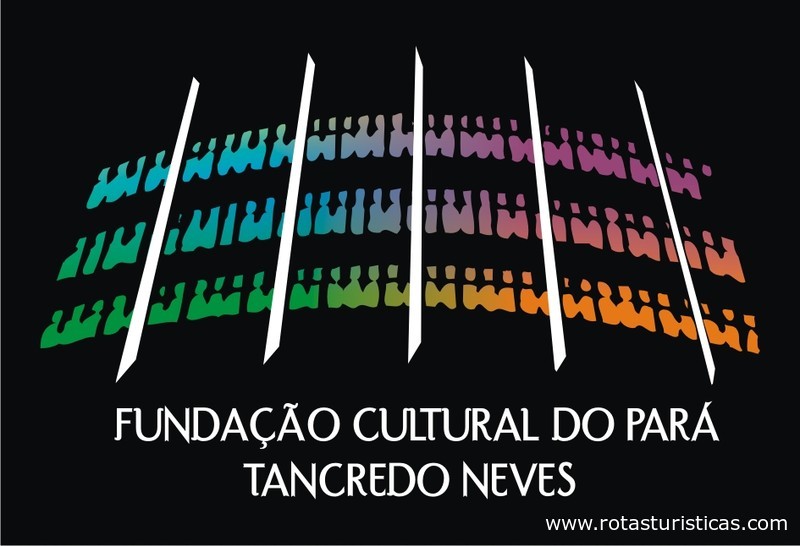 |
Parque da Residência (Belém) |
| 0,3 Km |
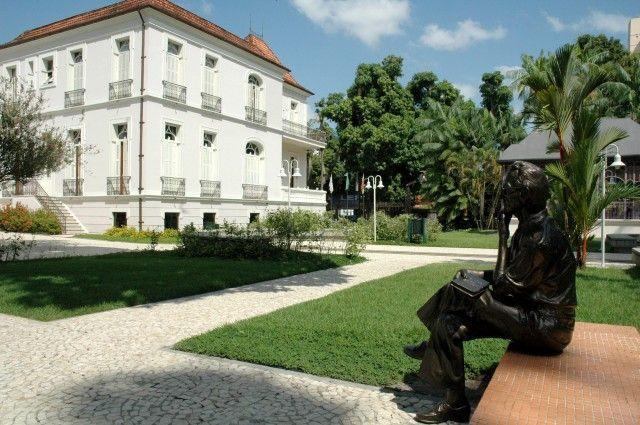 |
Museu Cultural - Ufpa |
| 0,8 Km |
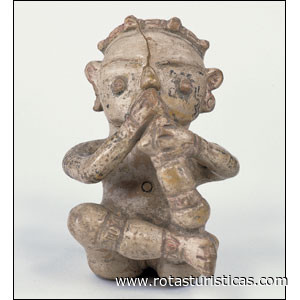 |
Mercado de São Brás (Belém) |
| 0,9 Km |
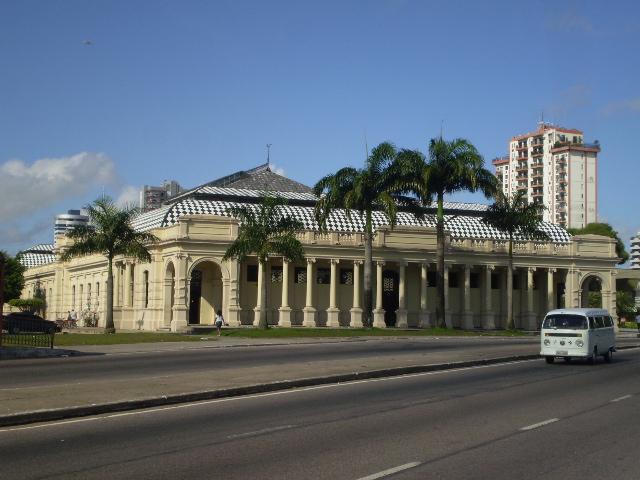 |
Praça Batista Campos (Belém do Pará) |
| 1,6 Km |
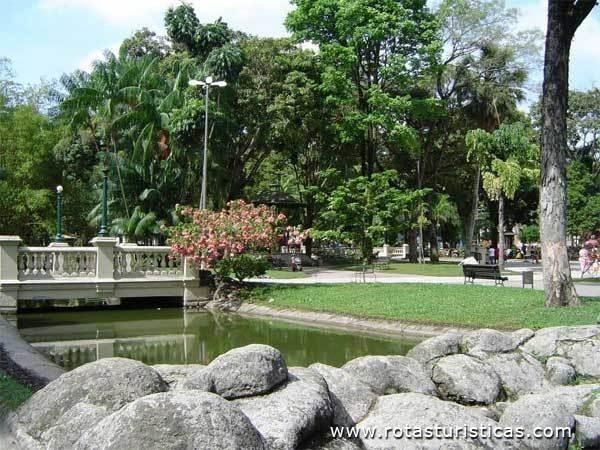 |
Centro de Memória da Amazônia |
| 1,9 Km |
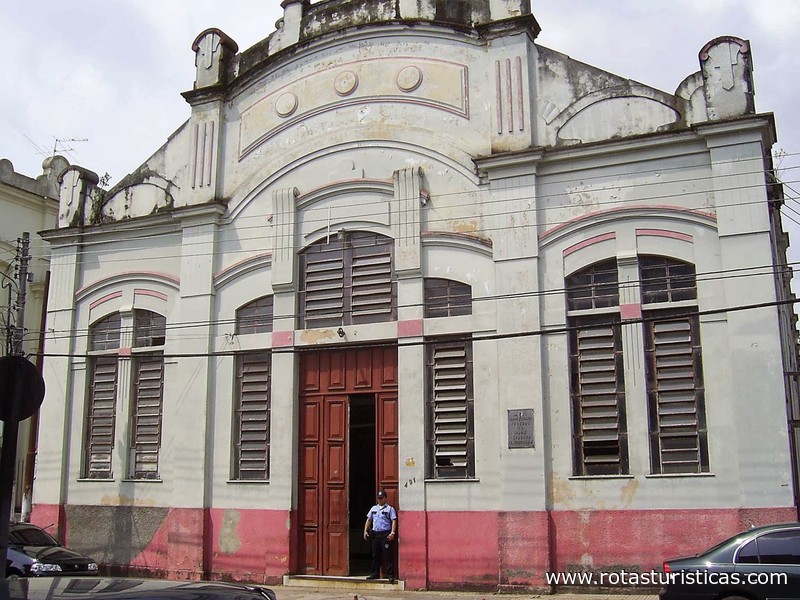 |
Praça da República (Belém do Pará) |
| 2,0 Km |
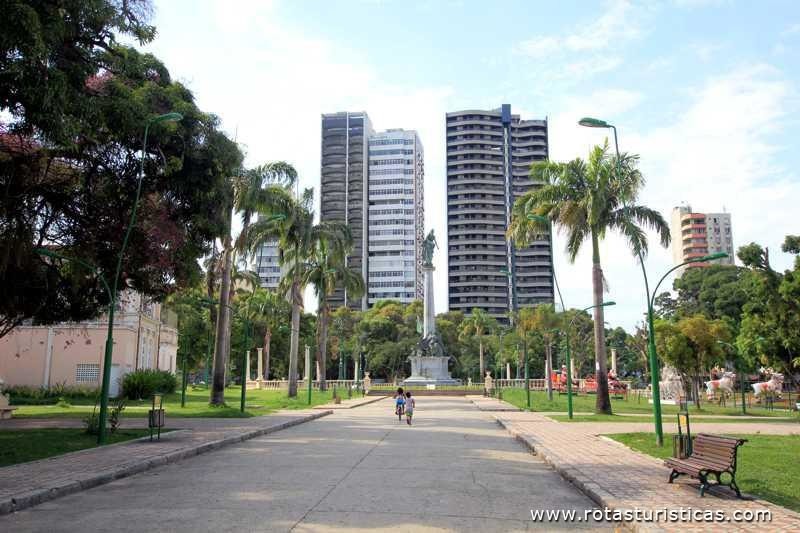 |
Belém - Informação Geral |
| 2,0 Km |
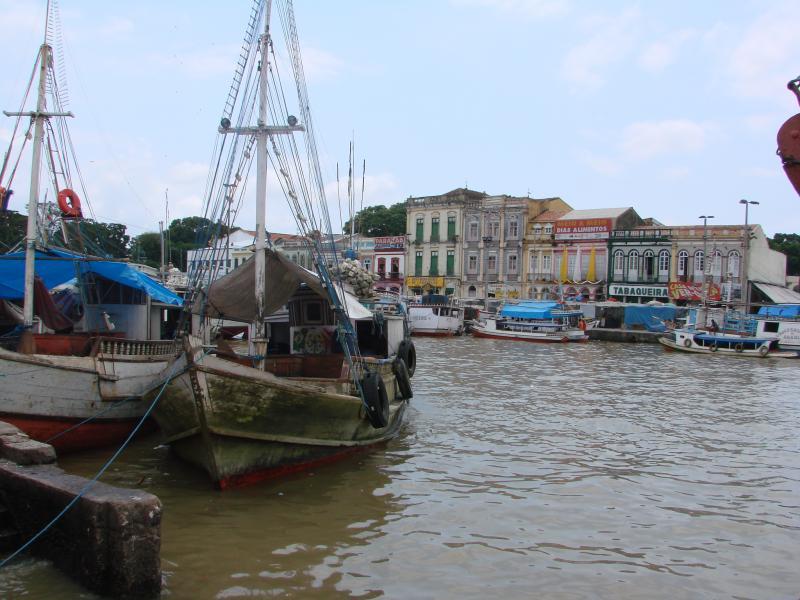 |
Espaço São José Liberto (Belém) |
| 2,4 Km |
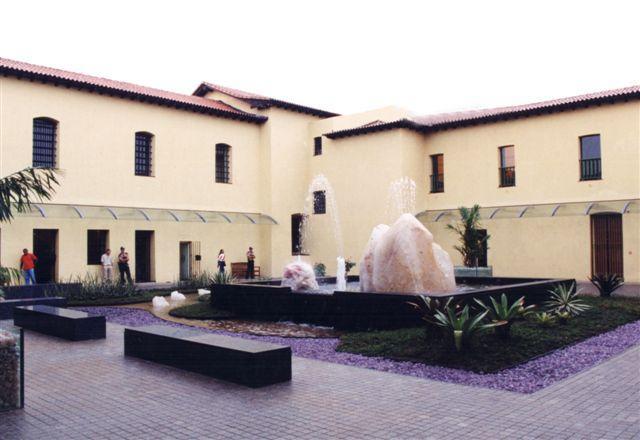 |
Estação das Docas (Belém) |
| 2,7 Km |
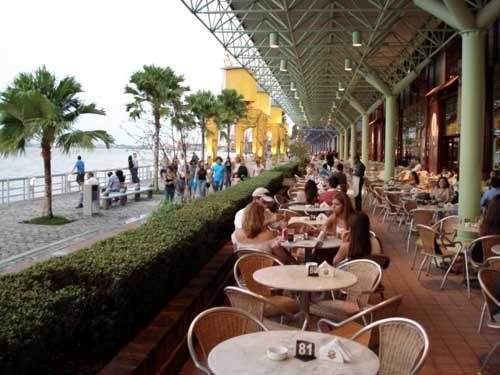 |
Cidade de Belém do Pará (Brasil) |
| 2,9 Km |
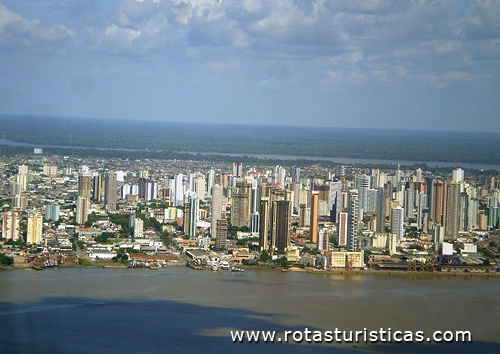 |
Mercado Ver-o-Peso (Belém) |
| 2,9 Km |
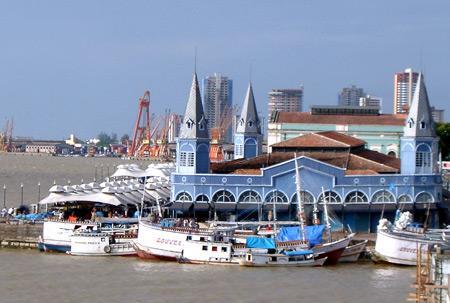 |
Igreja de São João Batista (Belém do Pará) |
| 2,9 Km |
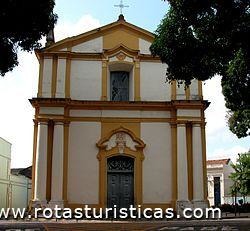 |
Praça Dom Pedro II (Belém do Pará) |
| 3,0 Km |
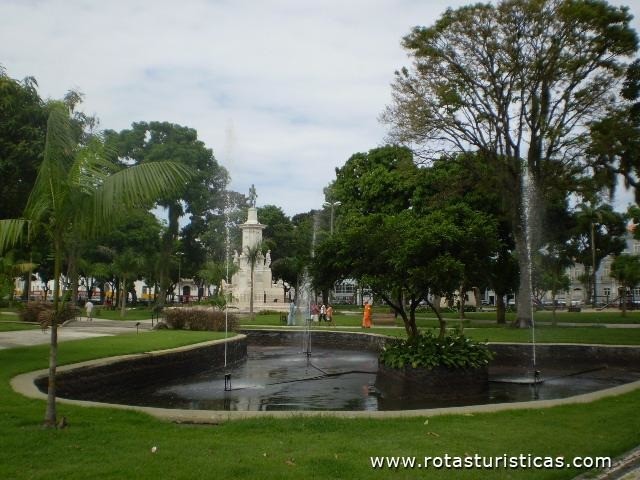 |
Catedral da Sé (Belém do Pará) |
| 3,1 Km |
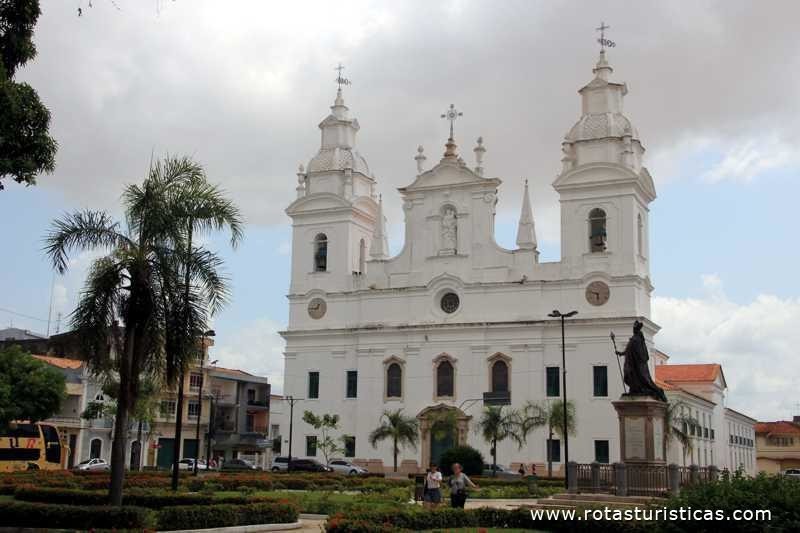 |
Forte do Presépio (Belém do Pará) |
| 3,2 Km |
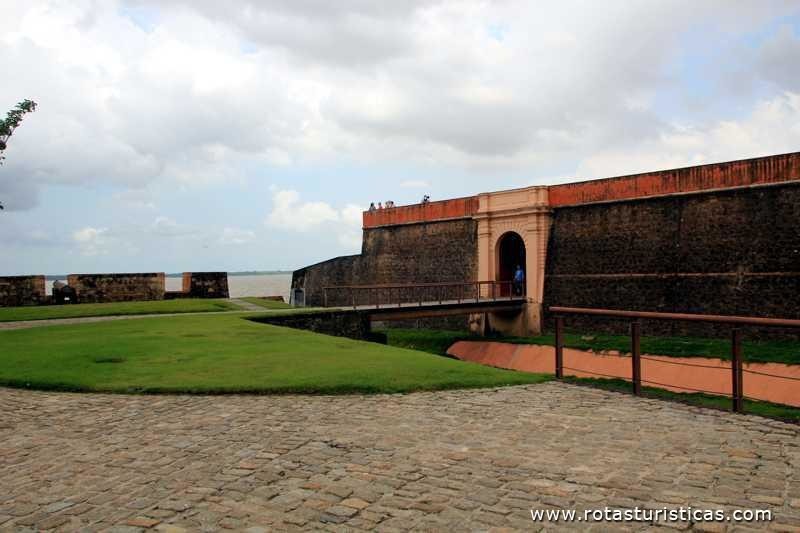 |
Complexo Turístico Feliz Lusitânia (Belém) |
| 3,2 Km |
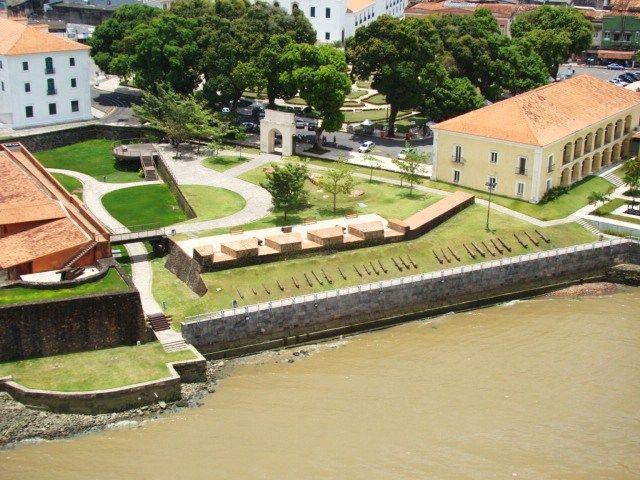 |
Casa das Onze Janelas (Belém do Pará) |
| 3,2 Km |
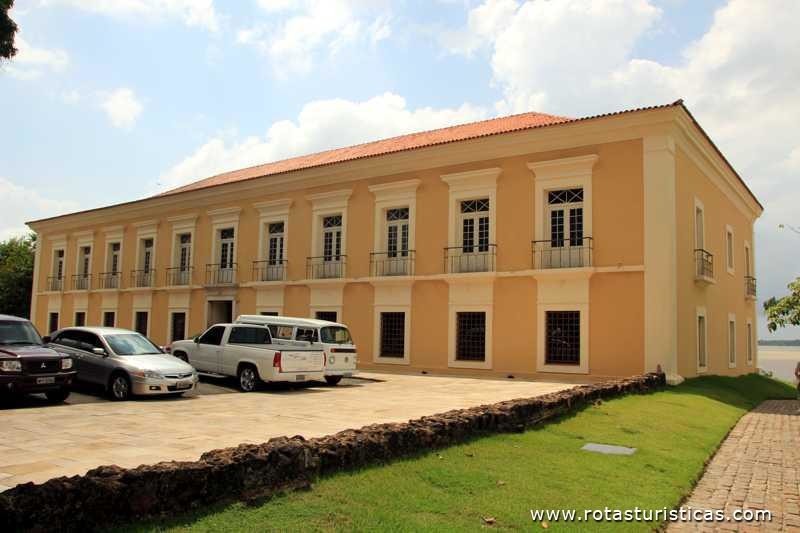 |
Igreja de Nossa Senhora do Carmo (Belém do Pará) |
| 3,3 Km |
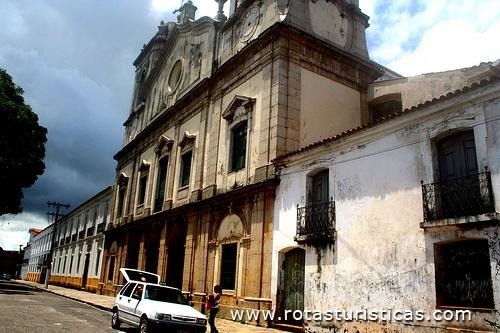 |
Jardim Botânico da Amazônia Bosque Rodrigues Alves (Belém) |
| 3,4 Km |
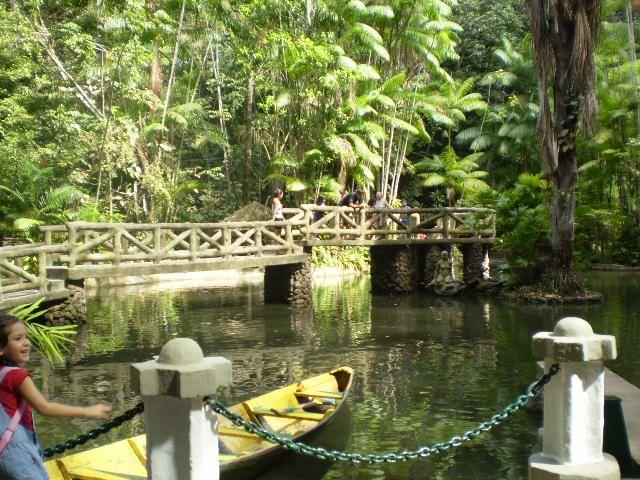 |
Mangal das Garças (Belém) |
| 3,4 Km |
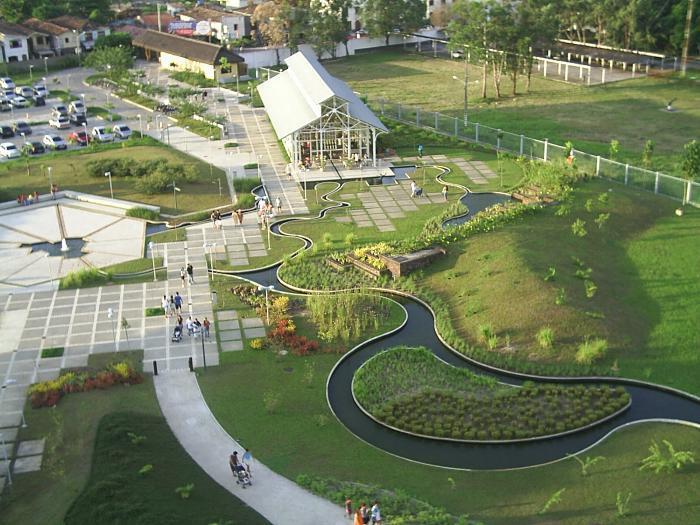 |
Centro de Ciências e Planetário do Pará |
| 8,8 Km |
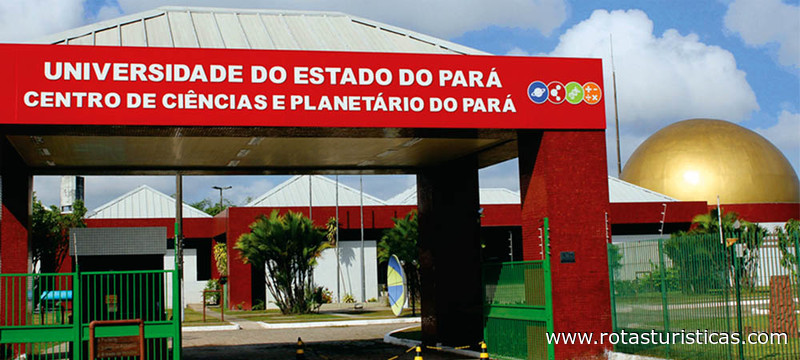 |
Hotel reservation near Museu Paraense Emílio Goeldi within a radius of 20 km
Why to book with TURIS BRASIL
The best prices
Our partnerships with the world´s largest operators offer research on the best market prices.
More options
At Rotas Turisticos you can book the hotel, buy the air ticket, book the transfer from the airport to the hotel and vice versa, book the local excursions, rent the car, take travel insurance and consult the places to visit and where to go.
Holiday Tips & Destinations
Hundreds of holiday destinations with all the options that allow you to easily choose the destination that best suits your dream vacation.
TURIS BRASIL
Links


